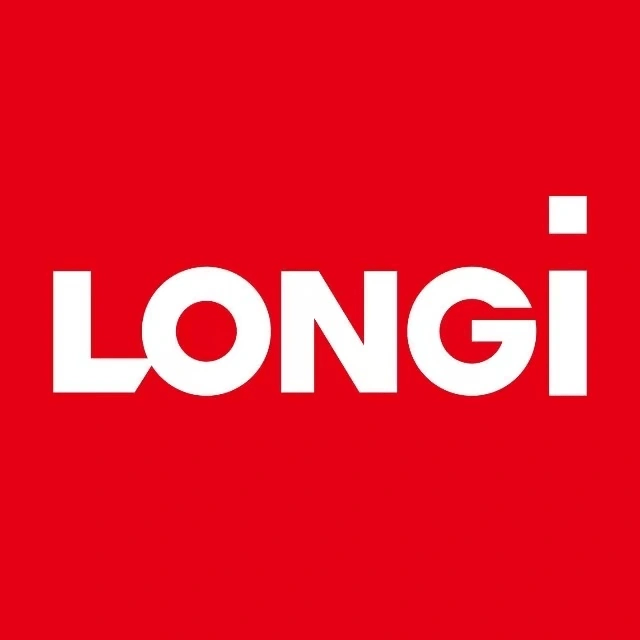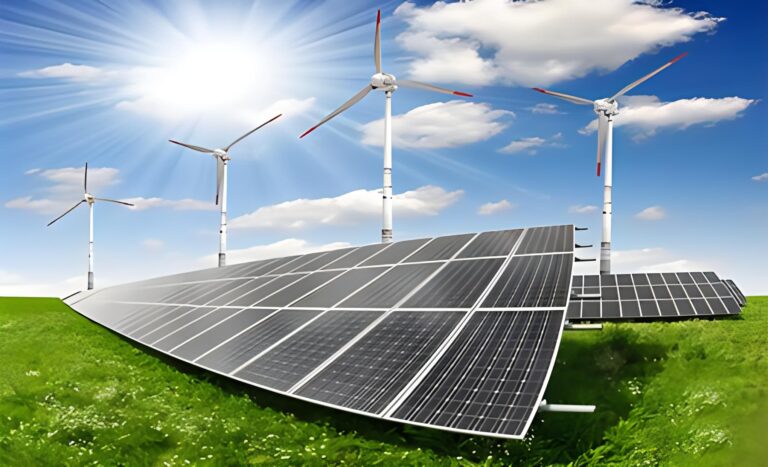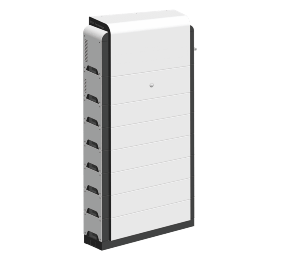Despite a decline in the performance of some solar lithium battery companies in the first quarter, overall, the shipment volume of lithium batteries has shown an upward trend.
China’s lithium battery shipments in the Q1 of 2024 were approximately 200 GWh, a year-on-year increase of 18%. This includes 149 GWh of power batteries, up 19%, and 40 GWh of energy storage batteries, up 14%. Additionally, shipments of cathode materials were 574,000 tons, up 23%, anode materials 410,000 tons, up 21%, separators 3.9 billion square meters, up 25%, and electrolyte 260,000 tons, up 26%.
A representative from Sunwoda said, “From a development trend perspective, this first quarter has been the best in the company’s history.”
This year’s demand outlook is still promising, particularly with the continuous growth in new energy vehicle sales. If the penetration rate remains high throughout the year, the market potential will be considerable.
In the first quarter of 2024, China’s production and sales of new energy vehicles grew rapidly. According to data from the China Association of Automobile Manufacturers, the production and sales of new energy vehicles in China were 2.115 million and 2.09 million units, respectively, with year-on-year growth of 28.2% and 31.8%. Domestic sales were 1.783 million units, up 33.3%, and exports were 307,000 units, up 23.8%.
Regarding power batteries, China’s installed capacity was about 84 GWh in the first quarter of 2024, a year-on-year increase of 43%. Specifically, passenger cars accounted for 75.3 GWh, up 36%; special-purpose vehicles 7.8 GWh, up 156%; and buses 1.2 GWh, up 69%. By material type, LFP batteries accounted for 53.1 GWh, up 39%, and ternary batteries 30.9 GWh, up 50%. By shape, prismatic batteries accounted for 80.8 GWh, up 47%, cylindrical batteries 1.8 GWh, down 21%, and pouch batteries 1.8 GWh, up 3%.
The growth effect of the energy storage market is also becoming apparent. In the first quarter, China’s energy storage bidding reached about 25.8 GWh, a year-on-year increase of 160%.
EVE Energy mentioned that the domestic and international energy storage markets are expected to maintain high growth rates, with an annual growth rate forecasted between 30% and 50%. The company plans for its energy storage shipment volume to exceed 50 GWh in 2024.
The energy storage sector will also have a corresponding driving effect. The increase in electrochemical energy storage associated with wind and photovoltaic power will bring additional market space. Rough calculations suggest that the energy storage market’s growth potential could double. However, in terms of absolute market size, new energy vehicles remain the main battleground for lithium batteries.
After experiencing a price crash, the absolute price of lithium carbonate is not the most critical factor for lithium battery manufacturers.
“For the company, the impact of the absolute price of lithium carbonate is not the greatest; the impact of its price fluctuations is more significant,” said a representative from a lithium battery company.
We can see that some large battery manufacturers are driving sales and price increases through their technological upgrades. However, the large price fluctuations of lithium carbonate make battery manufacturers’ price adjustments very passive. From the perspective of new capacity, it is expected that the price of lithium carbonate will remain low throughout 2024, but there is limited room for further decline. This expectation is crucial for the market. Most people believe that once lithium carbonate prices stabilize, battery prices will trend upward, improving the profitability of lithium battery companies.
A lithium battery company representative noted, “The market growth expectations for 2024, based on shipment volumes and the stabilization of lithium carbonate prices, are better than last year’s.”
Ganfeng Lithium stated that compared to 2023, the price fluctuations of lithium carbonate in 2024 are expected to be more stable, with medium to long-term prices depending on the industry’s cost curve and terminal demand.
Regarding the future trend of lithium carbonate prices, “Currently, prices seem to be bottoming out. Demand expectations are supporting lithium carbonate prices, and it’s unlikely they will drop to 90,000 yuan/ton in the second quarter. For lithium battery manufacturers, the first quarter might be their worst performance period, with stabilization likely to follow.”



